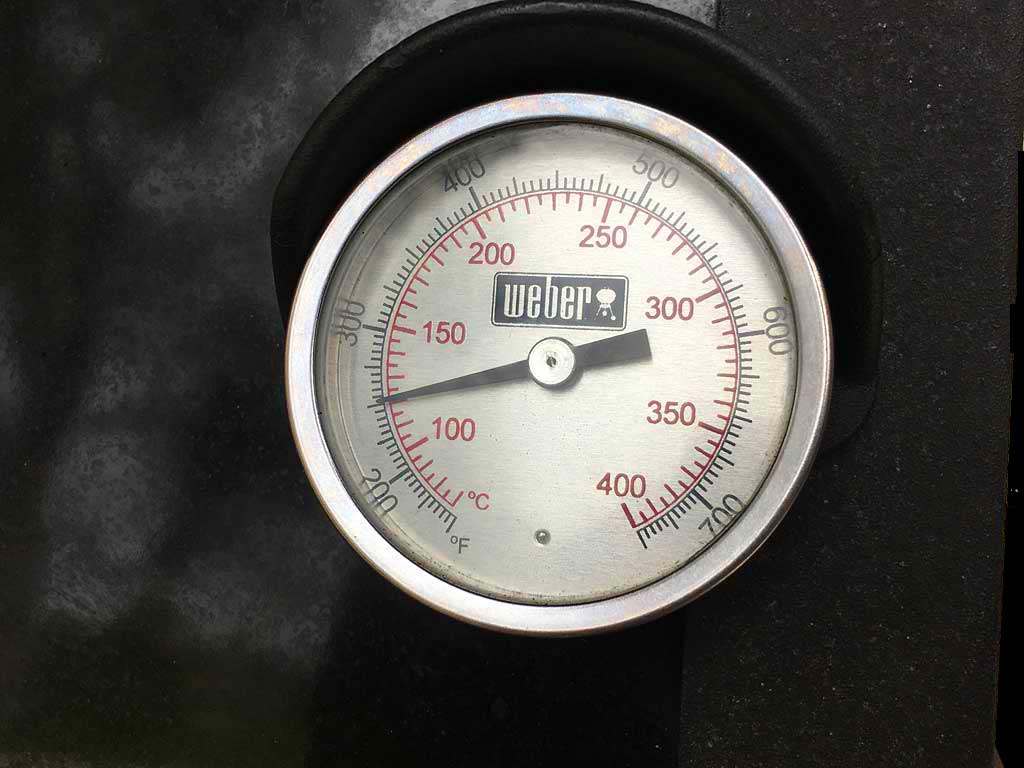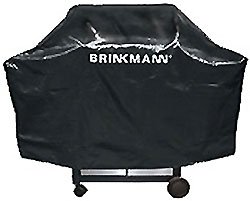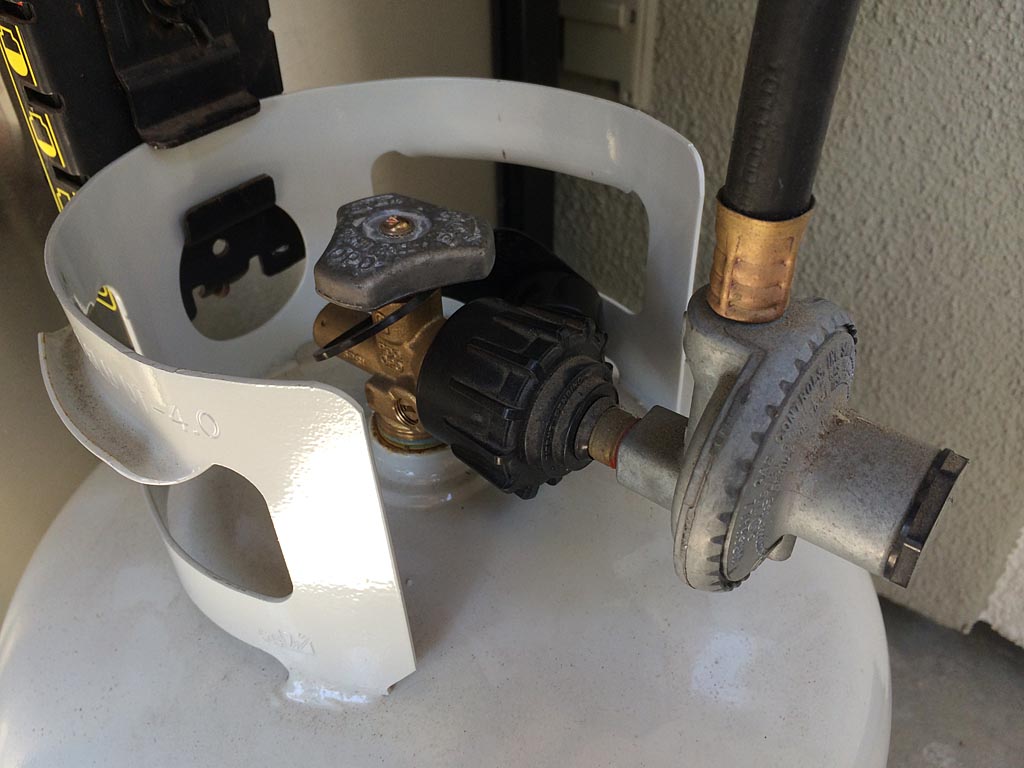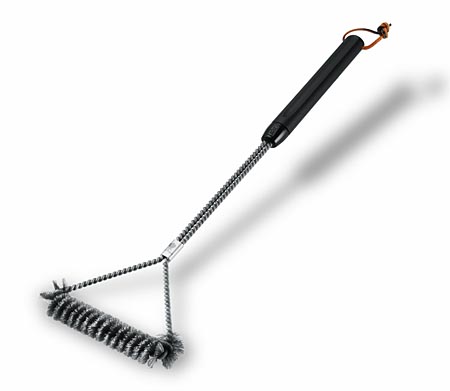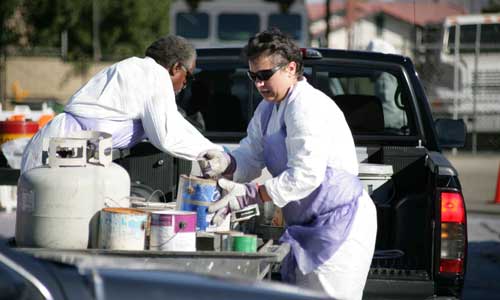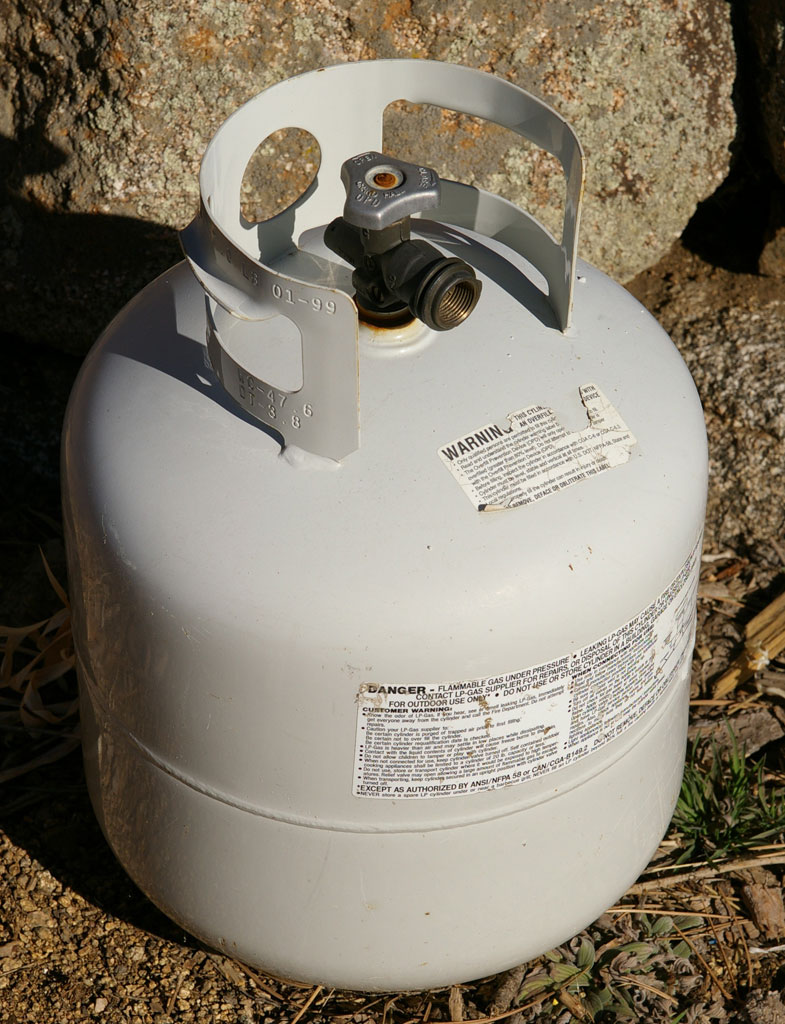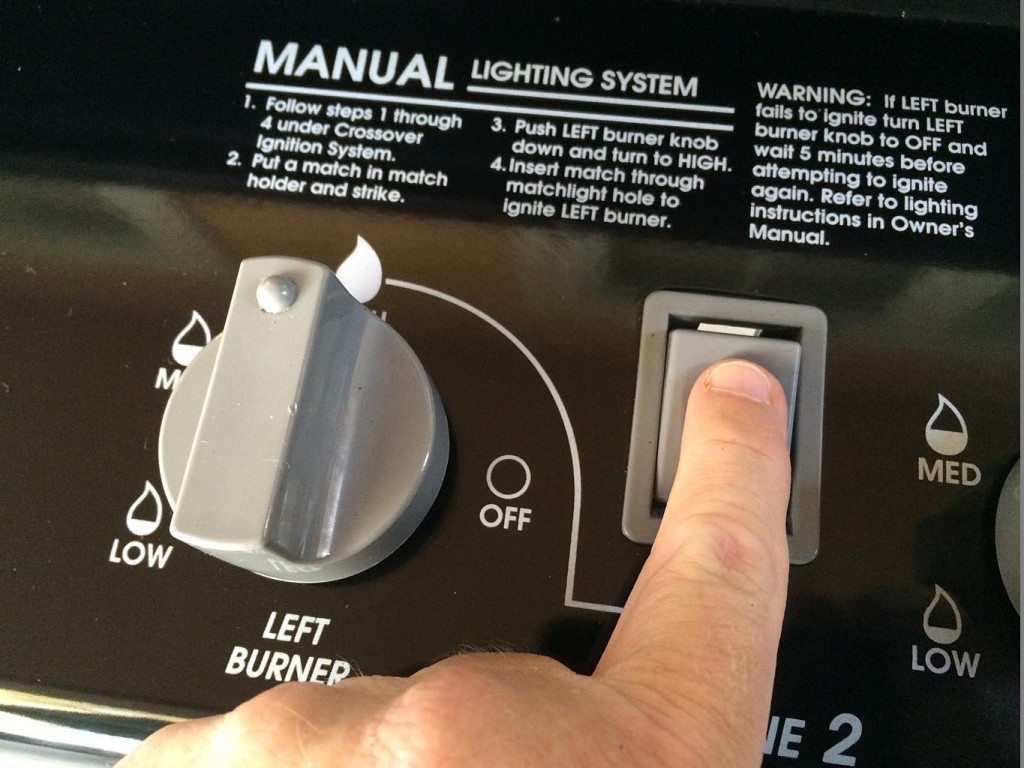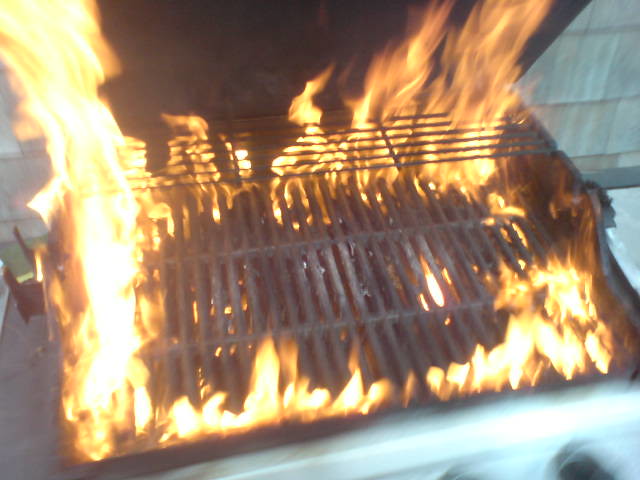
Grease Fires Can Be Scary!
This is NOT a photo of the actual grease fire I experienced recently, but it might as well be.
In early March 2022, I was vacationing with my extended family, staying in a rented house in a state park that included a Weber Genesis II E-325 gas grill. My brother volunteered to grill tri-tip roasts for our final dinner on Saturday night, so upon arrival Thursday I opened up the grill to inspect its condition.
What I found was a grill that was filthy dirty. There was a lot of junk below the cooking grates, but my focus was on the grates themselves. I ran the grill with all burners on high for 30 minutes (it belched lots of smoke), gave the grates a good scrub with a grill brush, then shut it down.
On Saturday night, I had the foresight to pull the grill away from the shingle-sided house before we started cooking. My brother pre-heated the grill and began cooking four large tri-tip roasts. About 10 minutes in, the dripping fat ignited the built-up stuff in the bottom of the grill and it broke into flames not unlike those shown in the photo above! Continue reading How To Avoid A Grease Fire In Your Weber Gas Grill

